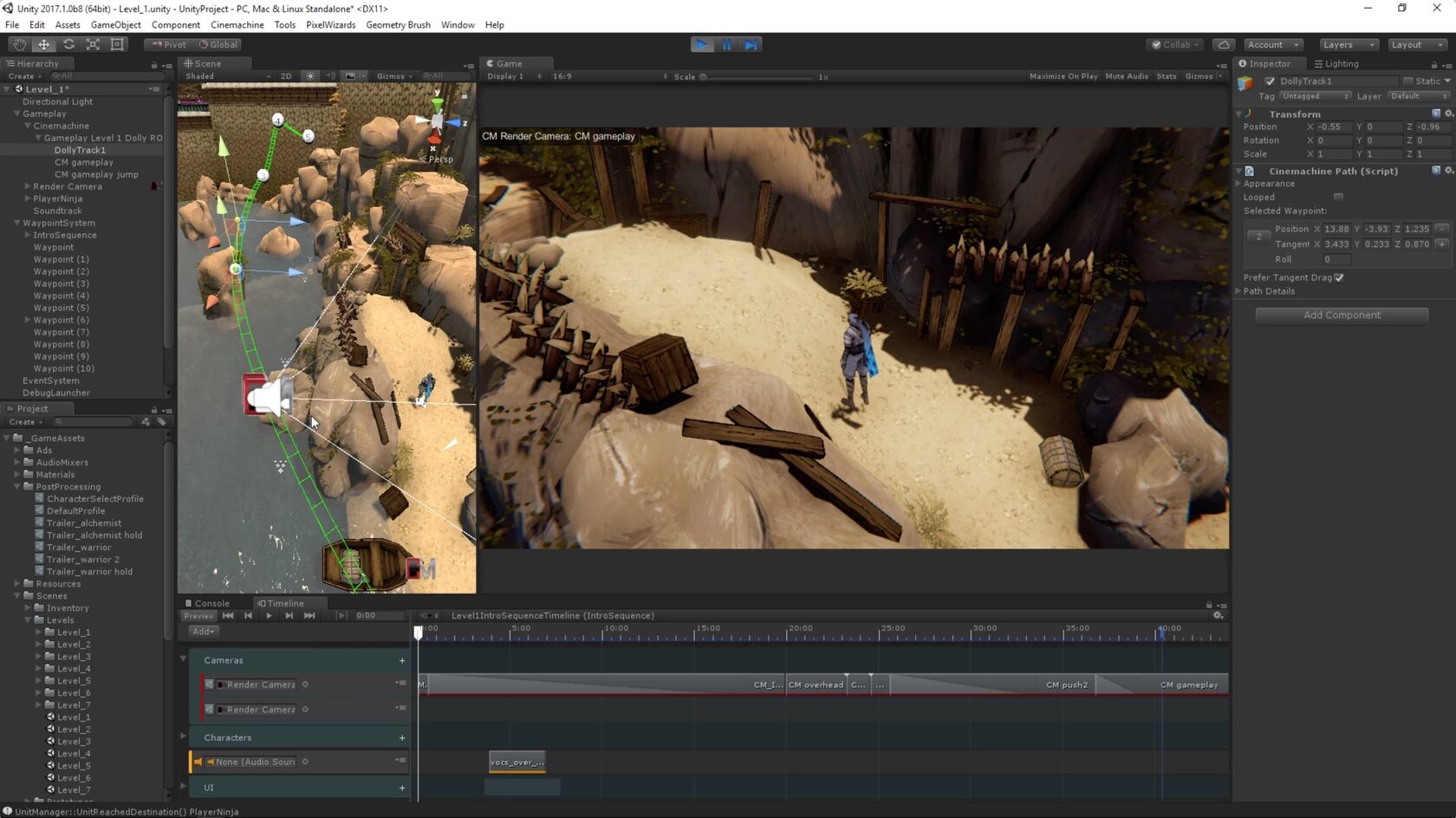In the intricate world of Source Engine game development and modding, achieving buttery-smooth performance and stunning visual fidelity is the ultimate goal. While creating amazing models and textures in Source Filmmaker (SFM) is one part of the puzzle, the true magic happens during the compilation process. This is where sfmcompile, the unsung hero of the workflow, takes center stage. This comprehensive guide for 2025 will demystify sfmcompile, explaining its core function, its critical importance, and how to leverage it for optimal results in your projects.
What Exactly is sfmcompile?
sfmcompile is a powerful command-line tool bundled with the Source Filmmaker software development kit (SDK). Its primary and essential function is to process raw, artist-created assets—such as 3D models, textures, and animations—into optimized binary formats that the Source Engine can efficiently read and render. Think of it as a highly specialized translator. You give it human-readable source files (like .qc scripts, .smd models, and .tga textures), and sfmcompile translates them into the engine’s native language: high-performance .mdl (model), .vtx (vertex data), .vvd (vertex data), and .phy (physics) files. This process is not a suggestion; it is an absolute requirement for any custom asset to work within SFM or any Source Engine game like Team Fortress 2 or Half-Life 2.
Why is the sfmcompile Process So Crucial?
Skipping or incorrectly using sfmcompile is like trying to run a modern application without installing it first. The engine simply won’t know what to do with your raw files. The process is vital for several key reasons:
-
Performance Optimization: This is the most important job of
sfmcompile. It drastically reduces load times and improves in-engine framerates by pre-computing complex data. It generates level-of-detail (LOD) models, creates collision meshes for physics, and optimizes the vertex data for the GPU. -
Engine Compatibility: The Source Engine cannot natively interpret files from 3D modeling software like Blender or Maya.
sfmcompilebridges this gap, converting the universal.smdformat into the proprietary formats the engine understands. -
Error Checking: The compilation process acts as a first line of defense. It will often output specific error messages if it encounters problems with your source files—such as missing textures, invalid bone assignments, or malformed geometry—allowing you to fix issues before they crash your scene.
Best Practices and Pro-Tips for 2025
To truly master it and streamline your workflow, integrate these modern practices.
-
Automate with Batch Files: Manually typing commands for every model is inefficient. Create a simple
.batfile containing your command. You can then just double-click the batch file to compile your model instantly. -
Leverage Modern GUI Wrappers: While the command line is powerful, many developers in 2025 use graphical tools like Crowbar or CompilePal. These tools provide a user-friendly interface for
sfmcompile, manage complex compile sequences, and parse error logs more intuitively. -
Meticulous QC File Management: Your
.qcfile is the heart of the operation. Keep it well-commented and organized. Use clear, consistent naming conventions for all paths and model components to avoid cryptic errors. -
Stay Updated: While the core function of
sfmcompileremains stable, ensure you are using the version that comes with the latest SFM SDK update from Steam to maintain compatibility with all engine features.
Conclusion: Your Gateway to Flawless Assets
sfmcompile is far more than a mere technical step; it is the critical gateway that transforms your creative work into a functional game asset. By understanding what it does, why it’s indispensable, and how to use it effectively with proper .qc file management, you empower yourself to build high-performance, professional-grade models for Source Filmmaker and Source Engine games. Embrace the process, utilize the modern tools available in 2025, and let sfmcompile handle the heavy lifting, freeing you to focus on what you do best: creating.
